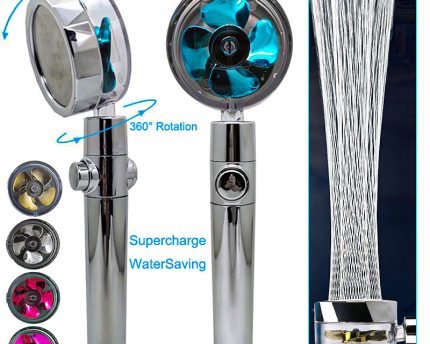

Potty Training: Strategies for a Fun and Productive Experience
$70.00 – $90.00Price range: $70.00 through $90.00
- Easy to Clean & Hygienic: Made from smooth, non-porous materials that are simple to wipe down and disinfect.
- Ergonomic & Comfortable Design: Shaped to fit a child’s body, providing a secure and comfortable seating experience.
- Non-Slip Base: Features rubberized grips or a wide base to prevent the potty from sliding or tipping over.
- Splash Guard: Includes a built-in or removable splash guard to prevent messes, especially for boys.
- Portable & Lightweight: Easy to move between rooms or take on trips, making it convenient for travel.
- Bright & Fun Colors: Available in engaging colors and designs to attract and excite children about using the potty.
- Durable & Sturdy Construction: Built with strong, high-quality plastic that can withstand repeated use.
- Handles for Security: Some models include handles on the sides for children to grip, giving them a sense of stability.
Potty training is a significant milestone in a child’s development, and as a parent, I found it to be both an exciting and daunting journey. The process typically begins when a child shows signs of readiness, which can vary widely from one child to another. These signs may include staying dry for longer periods, showing interest in adult bathroom habits, or expressing discomfort with dirty diapers.
Understanding these cues is crucial, as they indicate that my child is prepared to take this important step toward independence. As I navigated through the potty training process, I learned that patience and encouragement are key. It’s essential to remember that every child is unique, and what works for one may not work for another.
I found it helpful to educate myself about the various methods and approaches available, from the traditional to more modern techniques. This knowledge empowered me to tailor my approach to fit my child’s personality and needs, making the experience more enjoyable for both of us.
Key Takeaways
- Understanding the potty training process is essential for successful training
- Creating a positive potty training environment can make the process more enjoyable for both parent and child
- Using fun and engaging techniques can help keep the child interested and motivated
- Establishing a consistent routine is key to reinforcing potty training habits
- Encouraging independence and confidence in the child is important for long-term success
Creating a Positive Potty Training Environment
Creating a positive environment for potty training was one of the first steps I took to ensure success. I transformed the bathroom into a welcoming space by adding colorful decorations and a child-sized potty that my little one could easily access. This small change made a significant difference; my child was more excited to explore this new space.
I also made sure to keep the atmosphere light and encouraging, avoiding any pressure or negativity that could lead to anxiety. In addition to physical changes, I focused on fostering an emotional environment that was supportive and understanding. I made it a point to celebrate small victories, whether it was simply sitting on the potty or successfully using it.
By providing praise and positive reinforcement, I helped my child associate potty training with feelings of accomplishment and joy. This nurturing approach not only made the process smoother but also strengthened our bond as we navigated this new adventure together.
Using Fun and Engaging Techniques
To make potty training more enjoyable, I incorporated fun and engaging techniques that captured my child’s interest. One of the most effective strategies was using rewards and incentives. I created a sticker chart where my child could earn stickers for each successful attempt at using the potty.
The excitement of filling up the chart motivated my little one to keep trying, turning what could have been a mundane task into a game. Storytelling also played a significant role in our potty training journey. I discovered a variety of children’s books that focused on potty training themes, which helped normalize the experience and made it relatable for my child.
Reading these stories together sparked conversations about using the potty and allowed my child to express any fears or concerns. By combining storytelling with practical techniques, I was able to create a holistic approach that kept my child engaged and eager to participate in the process.
Establishing a Consistent Routine
| Metrics | Results |
|---|---|
| Number of days with a consistent routine | 25 |
| Percentage of tasks completed on schedule | 90% |
| Improvement in productivity | 15% |
Establishing a consistent routine was another crucial aspect of our potty training success. I quickly learned that predictability helps children feel secure, so I set specific times throughout the day for potty breaks. This included after meals, before bedtime, and at regular intervals during playtime.
By creating this structure, my child began to recognize when it was time to use the potty, which significantly reduced accidents. In addition to timing, consistency in language and expectations was vital. I used simple phrases and positive affirmations to reinforce the behavior I wanted to encourage.
For instance, phrases like “It’s time to try the potty!” became part of our daily vocabulary. This repetition not only helped my child understand what was expected but also built confidence in their ability to succeed. Over time, this routine became second nature for both of us, making the transition smoother and more effective.
Encouraging Independence and Confidence
As my child became more comfortable with using the potty, I focused on encouraging independence and building confidence. I allowed my little one to take charge of certain aspects of the process, such as choosing their underwear or deciding when they wanted to try using the potty. This sense of ownership empowered my child and made them feel more invested in their progress.
I also emphasized self-care skills by teaching my child how to clean up after themselves and wash their hands properly. These lessons not only reinforced the importance of hygiene but also fostered a sense of responsibility. As my child gained confidence in their abilities, I could see their pride grow with each successful attempt, which further motivated them to continue on this path toward independence.
Dealing with Setbacks and Challenges
Despite our best efforts, setbacks were an inevitable part of the potty training journey. There were days when accidents happened more frequently than I would have liked, or when my child expressed reluctance to use the potty altogether. During these challenging moments, I reminded myself that setbacks are normal and part of the learning process.
Instead of reacting with frustration, I chose to approach these situations with empathy and understanding. I found it helpful to reflect on what might have triggered these setbacks—changes in routine, stressors at home, or even illness could all play a role. By identifying potential causes, I could address them more effectively and reassure my child that it was okay to have off days.
This approach not only helped us navigate challenges but also reinforced the idea that learning is a journey filled with ups and downs.
Celebrating Potty Training Successes
Celebrating successes, no matter how small, became an essential part of our potty training experience. Each time my child successfully used the potty, we would have a mini celebration—whether it was a high-five, a dance party in the living room, or even a special treat. These celebrations reinforced positive behavior and made my child feel proud of their accomplishments.
As we reached significant milestones—like transitioning from diapers to underwear or going an entire day without accidents—I made sure to acknowledge these achievements with even greater enthusiasm. We would often reflect on how far we had come together, which not only boosted my child’s confidence but also strengthened our bond as we celebrated this important rite of passage together. In the end, potty training became not just about learning a new skill but also about creating lasting memories filled with joy and pride.
FAQs
What is the best age to start potty training?
The best age to start potty training varies for each child, but most children are ready to start between 18 months and 3 years old. Signs of readiness include showing interest in the toilet, staying dry for longer periods, and being able to follow simple instructions.
How can I create a positive potty training environment?
Creating a positive potty training environment involves using positive reinforcement, maintaining patience, and avoiding punishment for accidents. It’s important to make the bathroom a welcoming and comfortable space for the child.
What are some fun and engaging techniques for potty training?
Fun and engaging techniques for potty training include using potty training dolls, books, and videos, as well as incorporating games and songs into the potty training routine. Making the process enjoyable can help motivate the child to participate.
How can I encourage independence and confidence during the potty training process?
Encouraging independence and confidence during potty training involves allowing the child to be involved in the process, such as letting them pick out their own underwear or choose a special reward for successful potty trips. It’s important to praise their efforts and provide encouragement.
What are some common setbacks and challenges in potty training?
Common setbacks and challenges in potty training include resistance from the child, accidents, regression, and difficulty with bowel movements. It’s important to remain patient and consistent during these challenges.
How can I celebrate potty training successes?
Celebrating potty training successes can involve giving praise, offering small rewards, or creating a potty training chart to track progress. Celebrating successes can help reinforce positive behavior and motivate the child to continue their potty training journey.
Overview:
Safe, comfortable, and practical.
Good quality PP material, soft, burr-free, comfortable for the baby to sit on.
With adjustable non-slip pads on the bottom, it is more stable, firm, reliable, and safe when using the baby.
Notes:
– Due to the different monitors and light effects, the actual color of the item may be slightly different from the color shown in the pictures.
– There may be 1-3mm difference in measurement due to manual measurement.
Specification:
Material: PP
Size: 38X35X8 cm / 14.96X13.78X3.15 ”
Age: 1-6Y
Color: Pink, Sky Blue, Green
Package Content:
1 x Seat

| Weight | 0.79 lbs |
|---|---|
| Dimensions | 380 × 390 × 150 in |
| Color |
Blue ,Blue 5pcs ,Green ,Green 5pcs ,Pink |


MAECENAS IACULIS
Vestibulum curae torquent diam diam commodo parturient penatibus nunc dui adipiscing convallis bulum parturient suspendisse parturient a.Parturient in parturient scelerisque nibh lectus quam a natoque adipiscing a vestibulum hendrerit et pharetra fames nunc natoque dui.
ADIPISCING CONVALLIS BULUM
- Vestibulum penatibus nunc dui adipiscing convallis bulum parturient suspendisse.
- Abitur parturient praesent lectus quam a natoque adipiscing a vestibulum hendre.
- Diam parturient dictumst parturient scelerisque nibh lectus.
Scelerisque adipiscing bibendum sem vestibulum et in a a a purus lectus faucibus lobortis tincidunt purus lectus nisl class eros.Condimentum a et ullamcorper dictumst mus et tristique elementum nam inceptos hac parturient scelerisque vestibulum amet elit ut volutpat.
Related products

3D Wooden Puzzle Game Assembly Children’s Toys
$40.00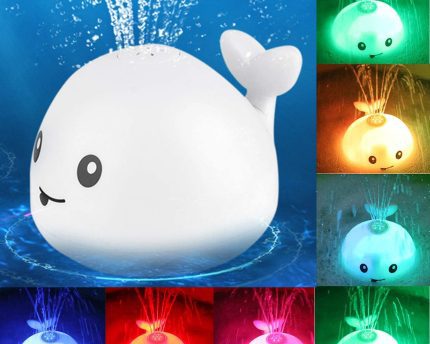
Baby Cute Cartoon Whale Floating Spraying Water Bath Toys With Light Music LED Light Baby Toys
$20.00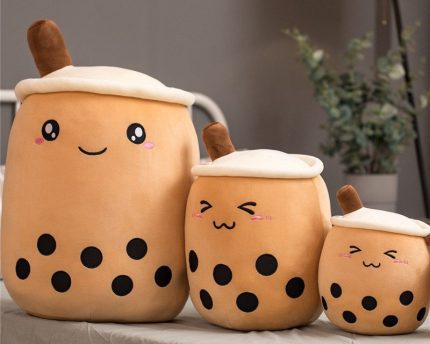
Cute Fruit Drink Plush Stuffed Soft Strawberry Milk Tea Plush Boba Tea Cup Toy Bubble Tea Pillow Cushion Kids Gift
$15.00 – $45.00Price range: $15.00 through $45.00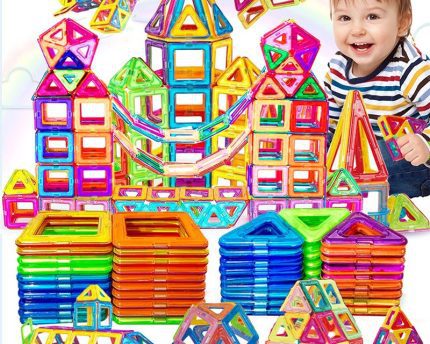
Magnetic Building Blocks DIY Magnets Toys For Kids Designer Construction Set Gifts For Children Toys
$39.00 – $56.00Price range: $39.00 through $56.00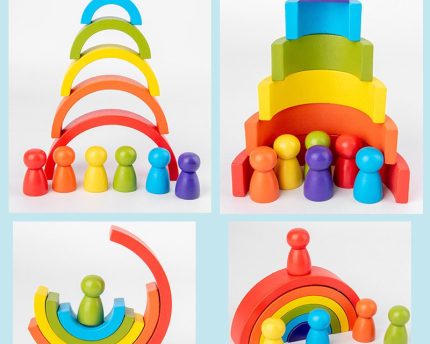


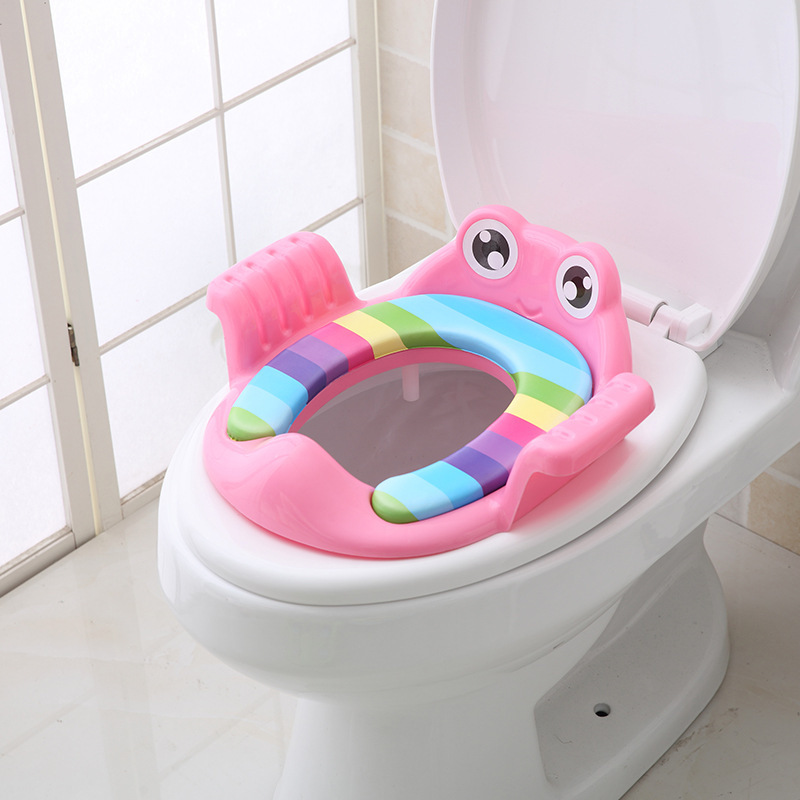
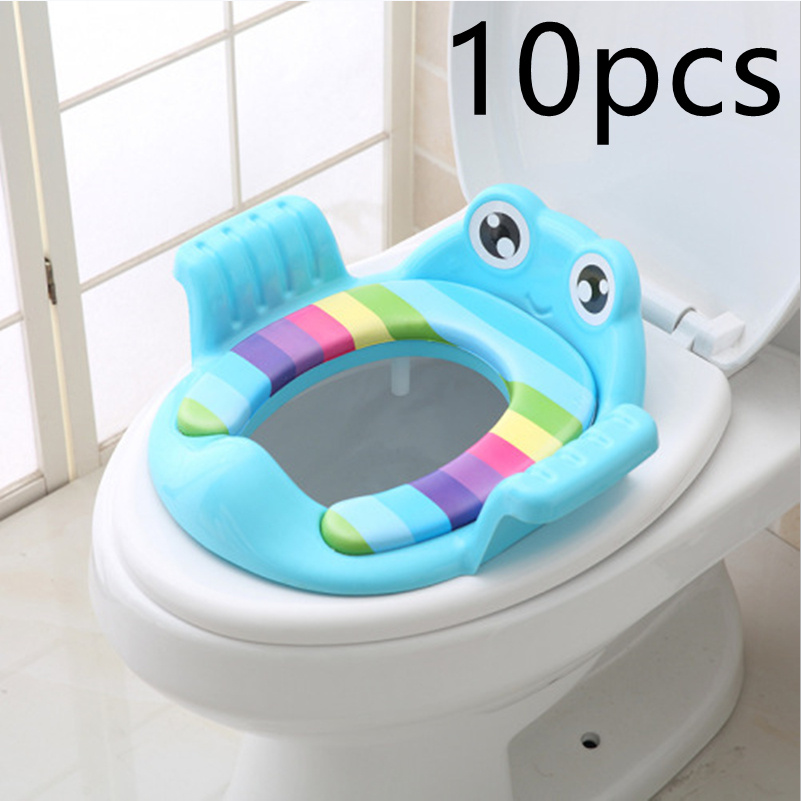
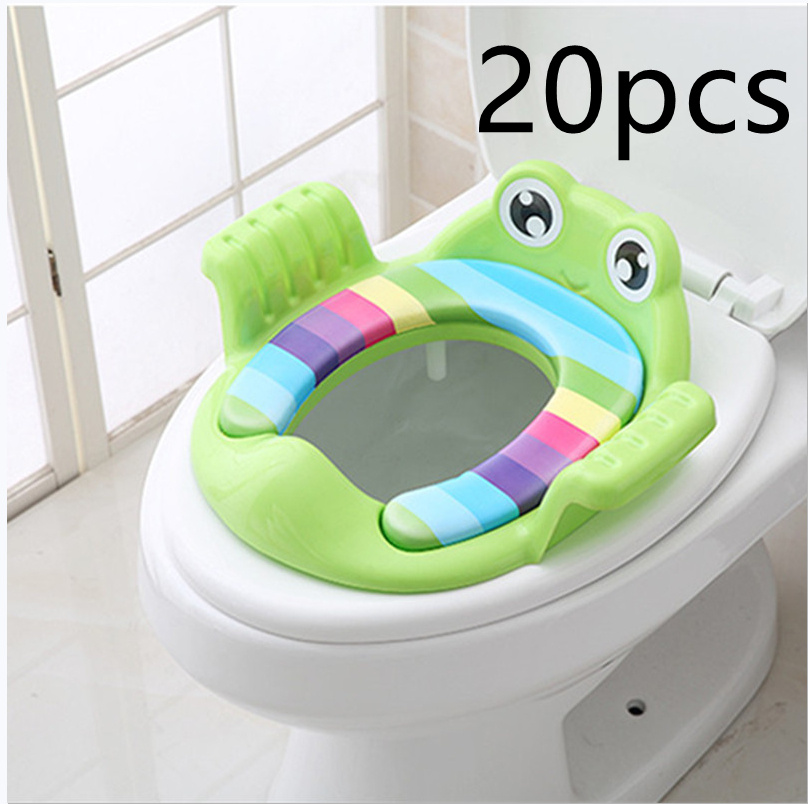
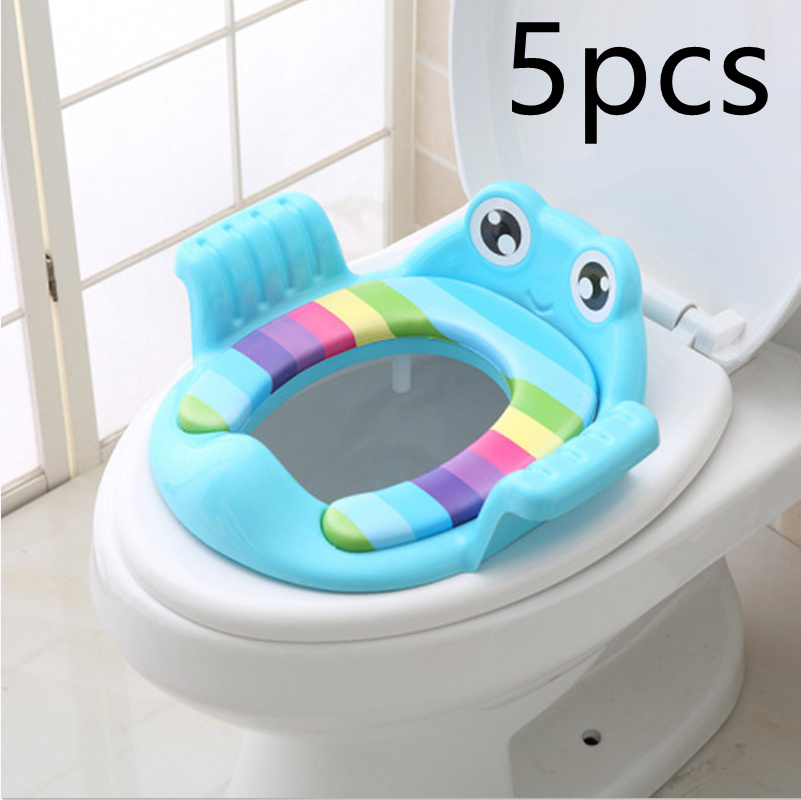
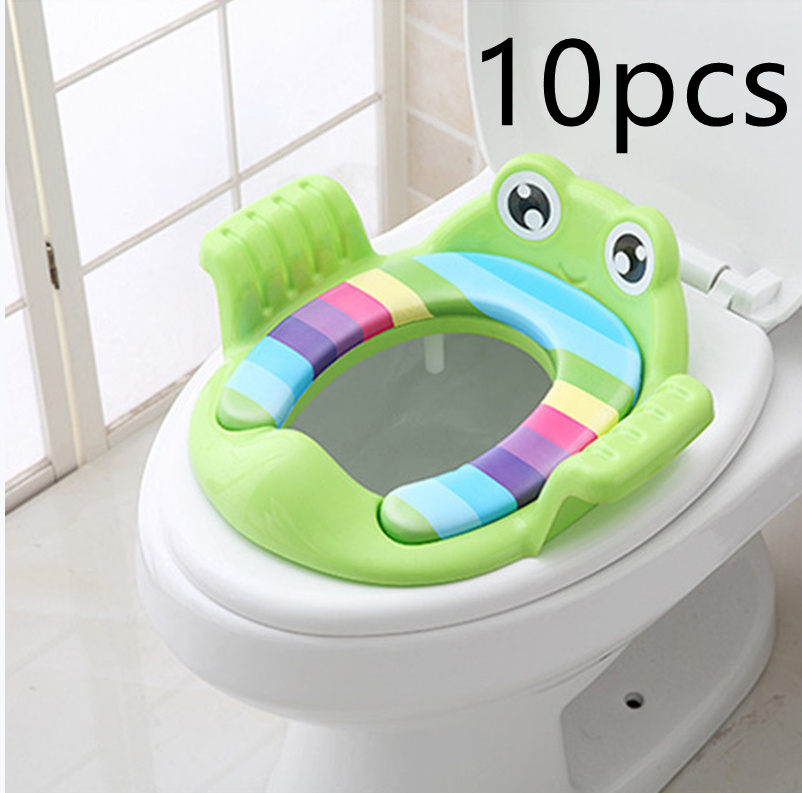
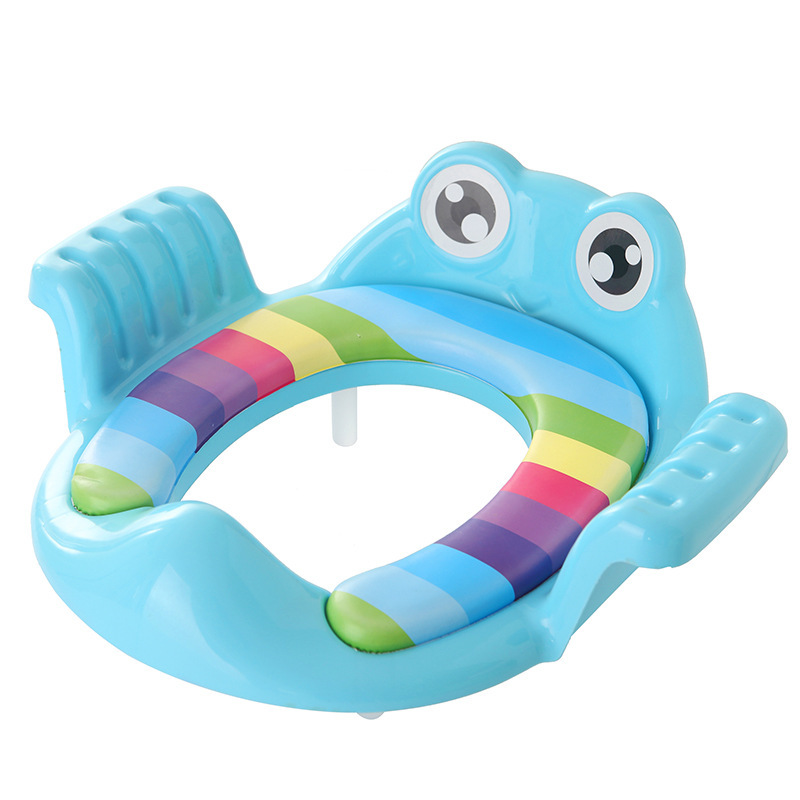
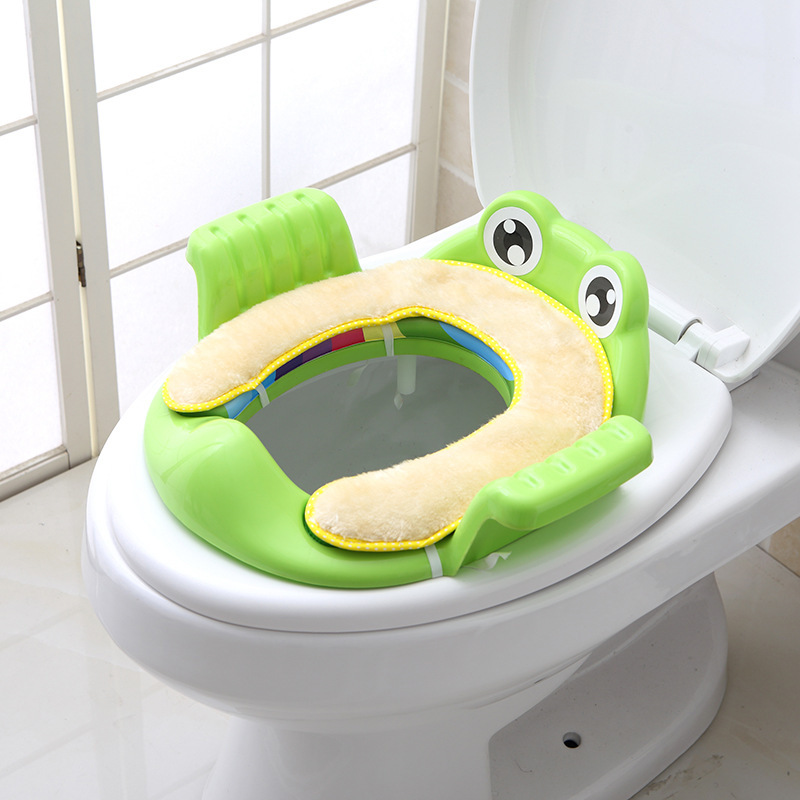
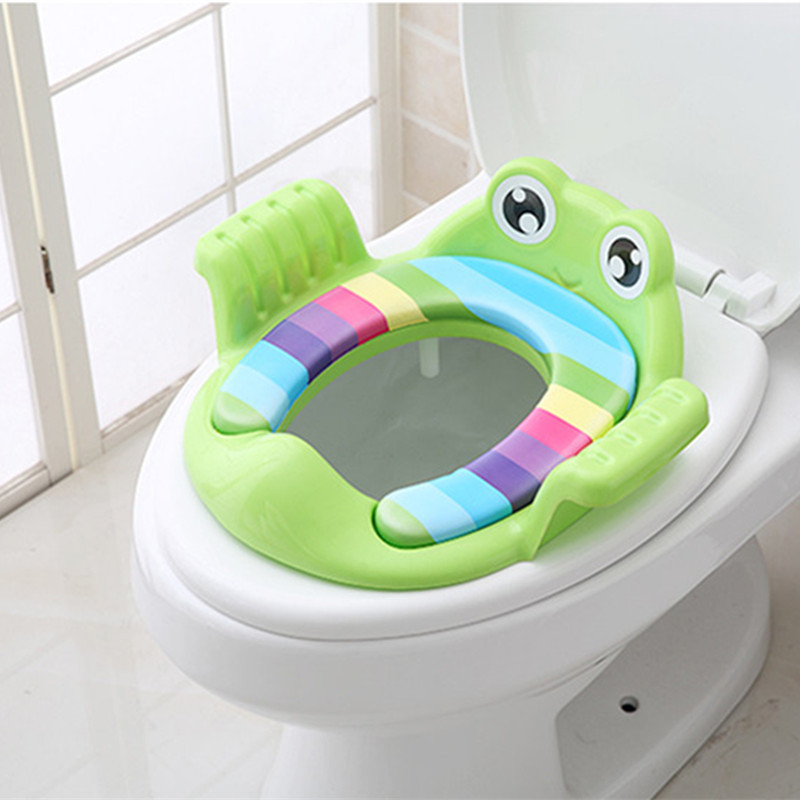













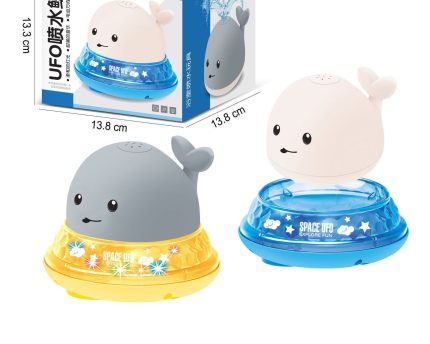
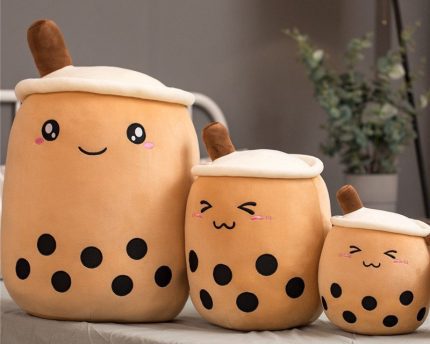
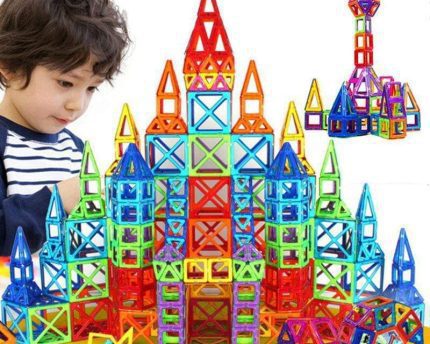
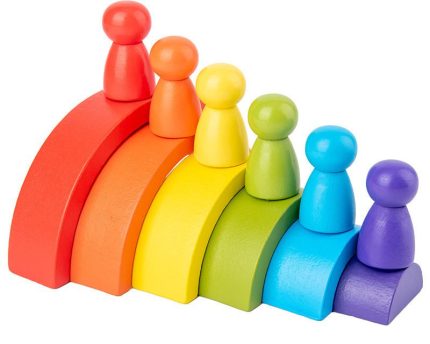









Reviews
There are no reviews yet.